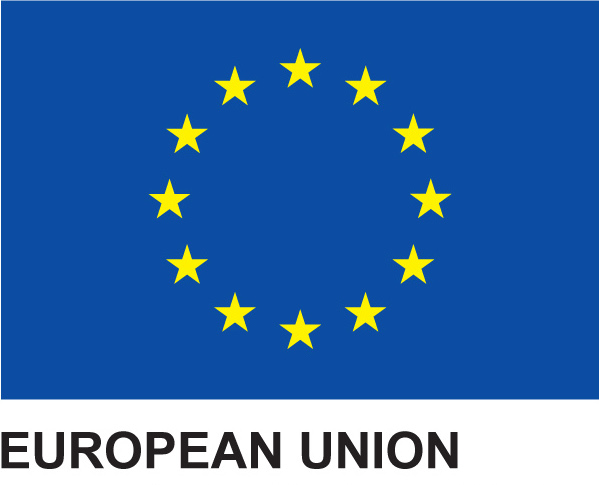K1-MET
K1-MET GmbH
K1-MET is one of the leading and internationally renowned metallurgical competence centres for ferrous and nonferrous metallurgy situated in Austria. K1-MET hosts a research programme with four main themes, named Areas. The focus of Area 1 are raw materials and recycling solutions. Area 2 contains projects on metallurgical core processes. Area 3 focuses on decarbonization of the steel industry with the main aspects hydrogen-based steelmaking, energy efficiency, and reduction of specific CO2 emission. Finally, Area 4 develops modelling and simulation tools also consolidating and combining knowledge from the other Areas.
Stahlstrasse 14
Linz
4020
Austria
Dr. Johannes Rieger
0043 664 8832 2499
johannes.rieger@k1-met.com
https://www.k1-met.com/en/
Equipment / infrastructure
High temperature tube furnace HTRV (for vertical operation)
The high temperature furnace can be used to examine the dissolution behavior of different materials, such as scrap, lime, etc. in slags or liquid metal under a protective gas atmosphere (argon or nitrogen). Maximum operating temperature is 1,800 °C. The furnace is equipped with a rotational unit to allow a rotation of the sample crucible with up to 100 revolutions per minute. The furnace is located in the technical center of the Chair of Ferrous Metallurgy (Montanuniversitaet Leoben, Franz-Josef-Strasse 18, Leoben 8700, Austria) and is operated in cooperation between the Chair’s technical staff and K1-MET’s technical staff.
The main components of the furnace are:
- HTRV 100-500/18
- Gas supply
- Control panel
- Rotary actuator
- Linear unit
- Plant construction
- Sample feeding
Further relevant parts are as follows:
- Heating element made of molybdenum silicide (MoSi)
- Sintered ceramic tubes made of Al2O3
- 1 tube with LxD (Length x Diameter) of 100 mm x 1,000 mm
- 1 tube with LxD of 75 mm x 620 mm
- 1 tube with LxD of 60 mm x 675 mm
- Mantle thermoelement
- Shaft made of Wolfram for sample fixation
- Membrane bellow
- Water cooling system
Best practices / case studies of cooperation
- Dissolution of scrap pieces in hot metal to study the mass transfer of carbon and iron
- Dissolution of calcium- and magnesium-containing materials in metallurgical slags to quantify the slag forming behavior of different additives (primary sources and recycling materials)





